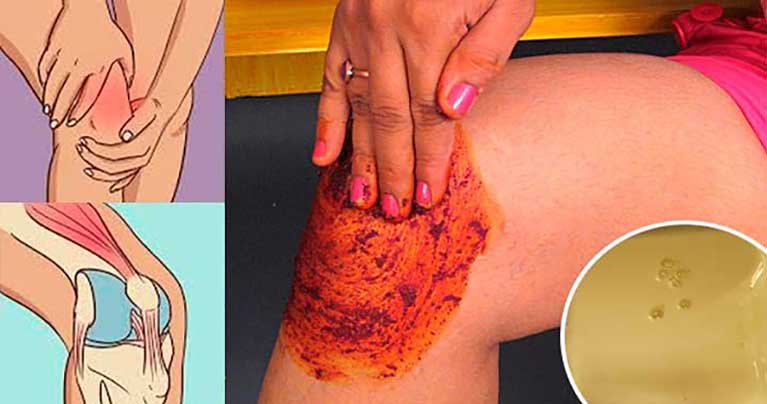1. Cayenne
Cayenne has been used by Native Americans for millennia for pain relief. Capsaicin is a phytochemical in this spicy pepper that relieves pain through a variety of mechanisms. First, capsaicin blocks chemical pain transmitter “substance P” from reaching the brain.
Second, when applied topically, it penetrates the skin to defunctionalize fibers that respond to pain stimuli. Through the skin, capsaicin stops nerves fibers from feeling pain and transmitting it.
Lastly, capsaicin prevents pain from spreading to other areas. One study of an 8% concentration of capsaicin patch applied for pain management found that a single 1-hour application was effective in reducing pain for up to 12 weeks. (1)
The capsaicin in cayenne is also effective for inflammatory skin conditions like psoriasis and eczema. Cayenne works to relieve inflammation when taken internally as well. Click here for a recipe for an Anti-inflammatory honey turmeric cayenne tonic.
2. Apple Cider Vinegar
Supremely beneficial for human health in a wide range of applications, ACV is a potent anti-inflammatory that can relieve joint stiffness. The acetic acid in ACV penetrates the skin and can help to break up acid crystals that can form in the joint. Acetic acid has also been found to provide effective relief for tendonitis and other joint inflammation. (2) Additionally, unfiltered ACV contains bone-supporting minerals calcium, magnesium, potassium, and phosphorus.
3. Olive Oil
Anti-inflammatory and emollient, olive oil is a wonderful carrier oil.
4. Ginger
A potent anti-inflammatory, the phytochemical gingerol inhibits excessive immune response that results in inflammation. A 2014 study of the daily topical application of ginger on joints of people with osteoarthritis (OA) resulted in pain relief within a week and continued for the 24-week duration of the study.
“Topical ginger treatments were found to improve the subdimensions of quality of life scores of physical function, pain, and health satisfaction and overall global effect of OA. The noninvasive nature of topical ginger avoids the risks of conventional medication and surgery and has the potential to delay and possibly negate the use of these more invasive treatments.” (3)
Go To Next Page ( > ) To Get Ingredients & Directions & More…









